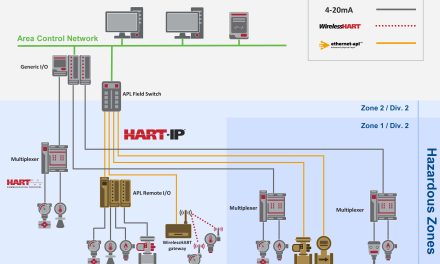 The term smart labelling is used as an umbrella term for any labelling or coding that uses technology to add functionality and data beyond a traditional simple barcode, for example, data embedded barcodes, RFID, and QR codes.
The term smart labelling is used as an umbrella term for any labelling or coding that uses technology to add functionality and data beyond a traditional simple barcode, for example, data embedded barcodes, RFID, and QR codes.
A smart label offers a vastly increased capacity for data, for example, a QR code can store over 7,000 characters compared to just 20 characters for the humble barcode.
This can be used to add more information to food and drink products such as product provenance and every step of the food’s journey, allowing suppliers, packagers and consumers to trace food from ‘farm to fork’.
This not only improves food traceability, increasing food safety, it also gives packagers another platform to advertise the product to the consumer by displaying further information about the food.
For example, smart labels can be used to measure the freshness of the product and when this is used in conjunction with tracking the product down the supply chain it is easy to see where the inefficiencies are that are causing products to spoil.
This information can be used to optimise these processes which is of vital importance as currently one-third of all food produced is wasted, which is becomingly increasingly unpalatable for environmentally conscious consumers.
Clearmark has written extensively on smart labelling in our free downloadable Blockchain Guide and Data Embedded Barcode Guide and is happy to offer expert advice on any smart labelling application.
Email: enquiries@uk.interactivecoding.com
Phone: 01159 640144.


